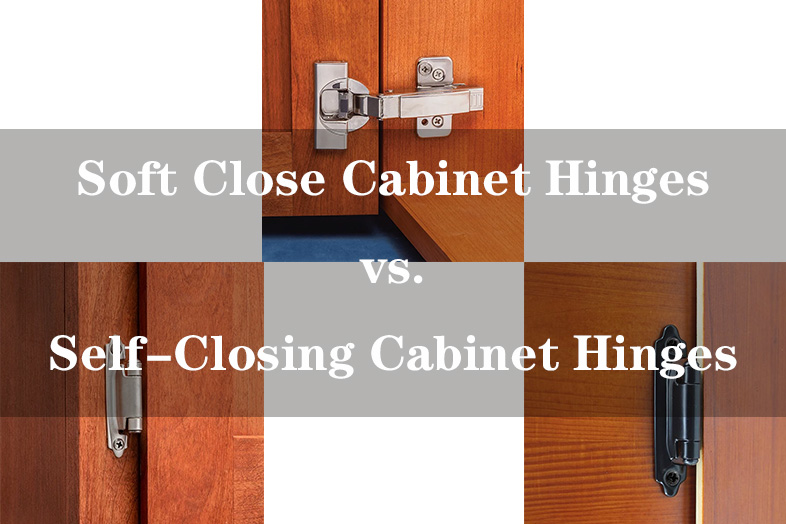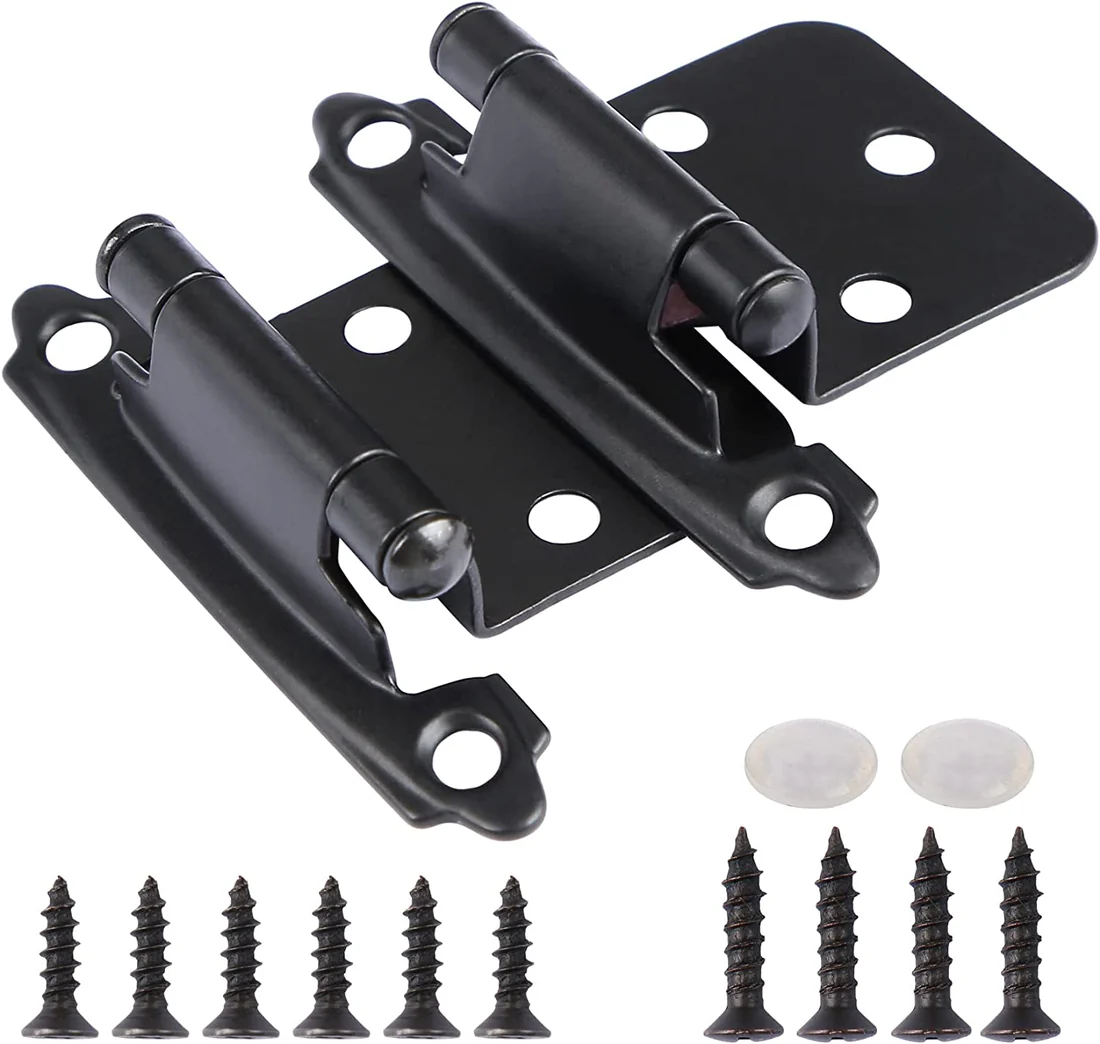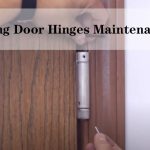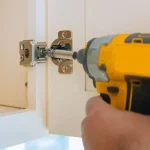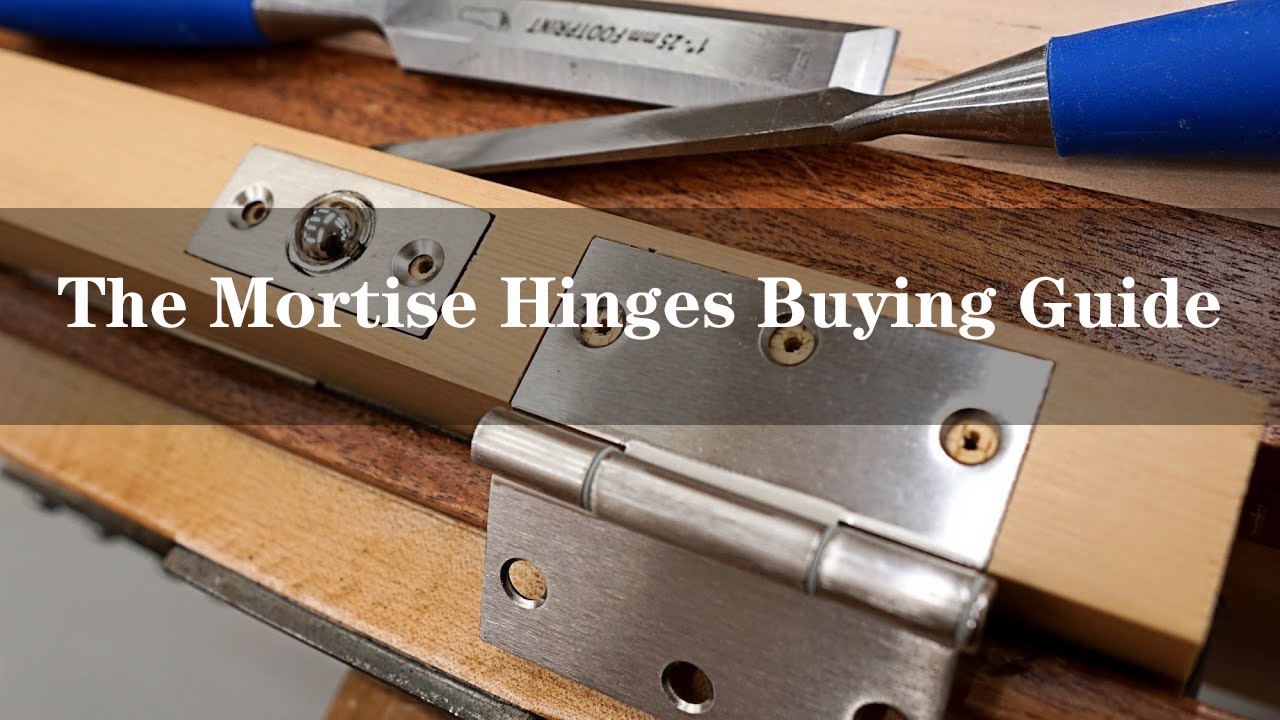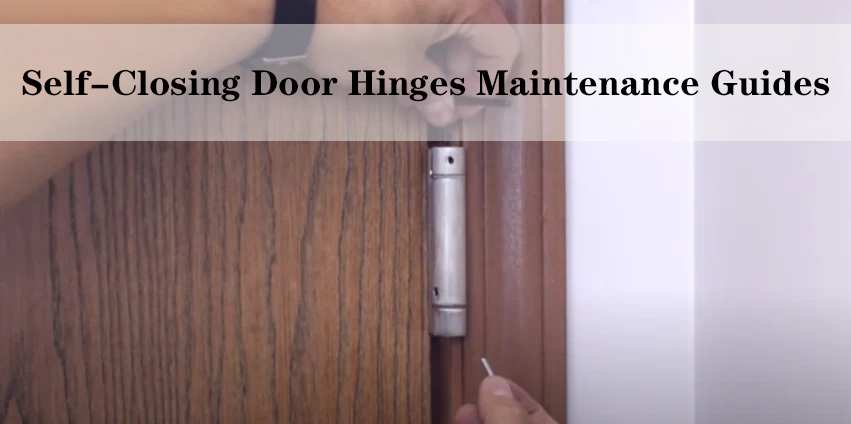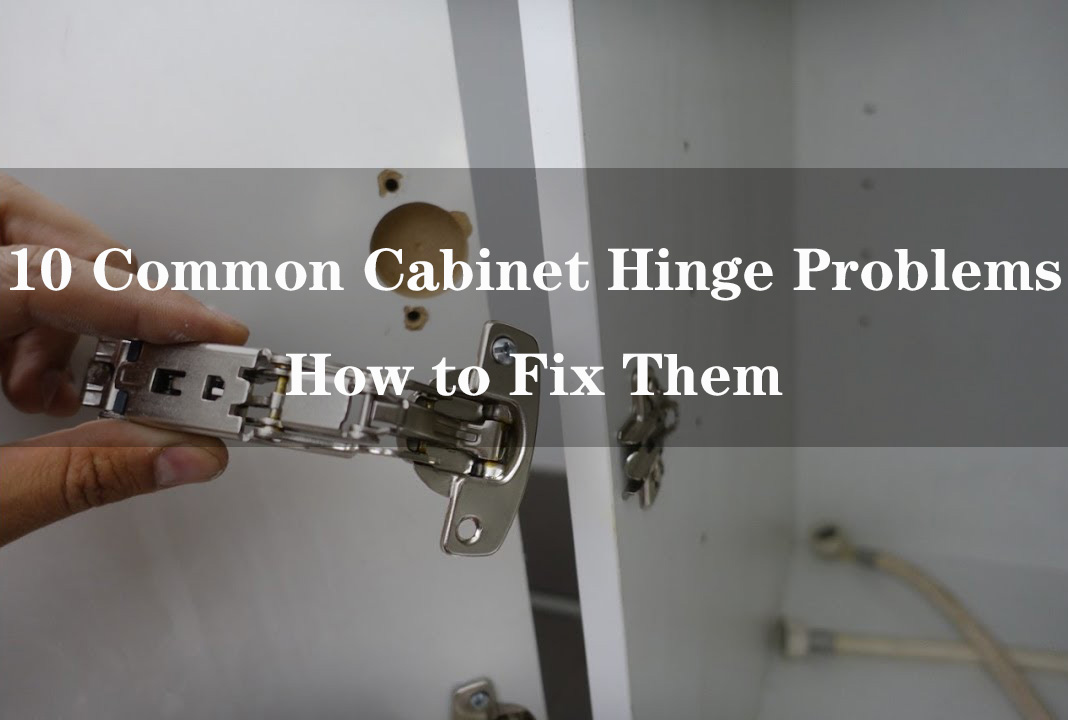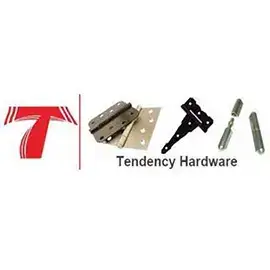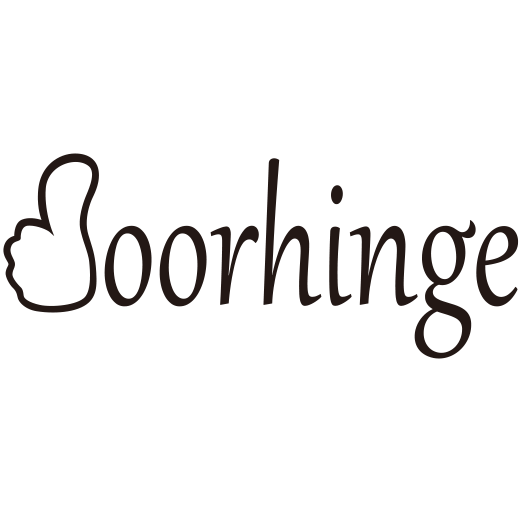When it comes to selecting the best hinges for kitchen or bathroom cabinets, two popular options often emerge: soft close and self-closing cabinet hinges. These hinges, while both aimed at making cabinet usage more efficient and user-friendly, offer different benefits. In this detailed comparison, we will explore the mechanisms, functionality, advantages, and disadvantages of both soft close and self-closing cabinet hinges. By the end, you’ll be able to determine which hinge type suits your needs best.
1. Understanding the Basics of Cabinet Hinges
Before diving into the comparison of soft close and self-closing cabinet hinges, it is essential to understand what a hinge does in the context of cabinetry. A hinge is a mechanical bearing that connects two solid objects, allowing limited rotation between them. For cabinets, hinges serve the crucial function of attaching the door to the frame, enabling it to swing open and close.
Cabinet hinges are made in various styles, designs, and finishes to accommodate different door types, materials, and preferences. The choice of hinge impacts not only the functionality but also the aesthetic and operational quality of the cabinet doors.
2. What Are Soft Close Cabinet Hinges?
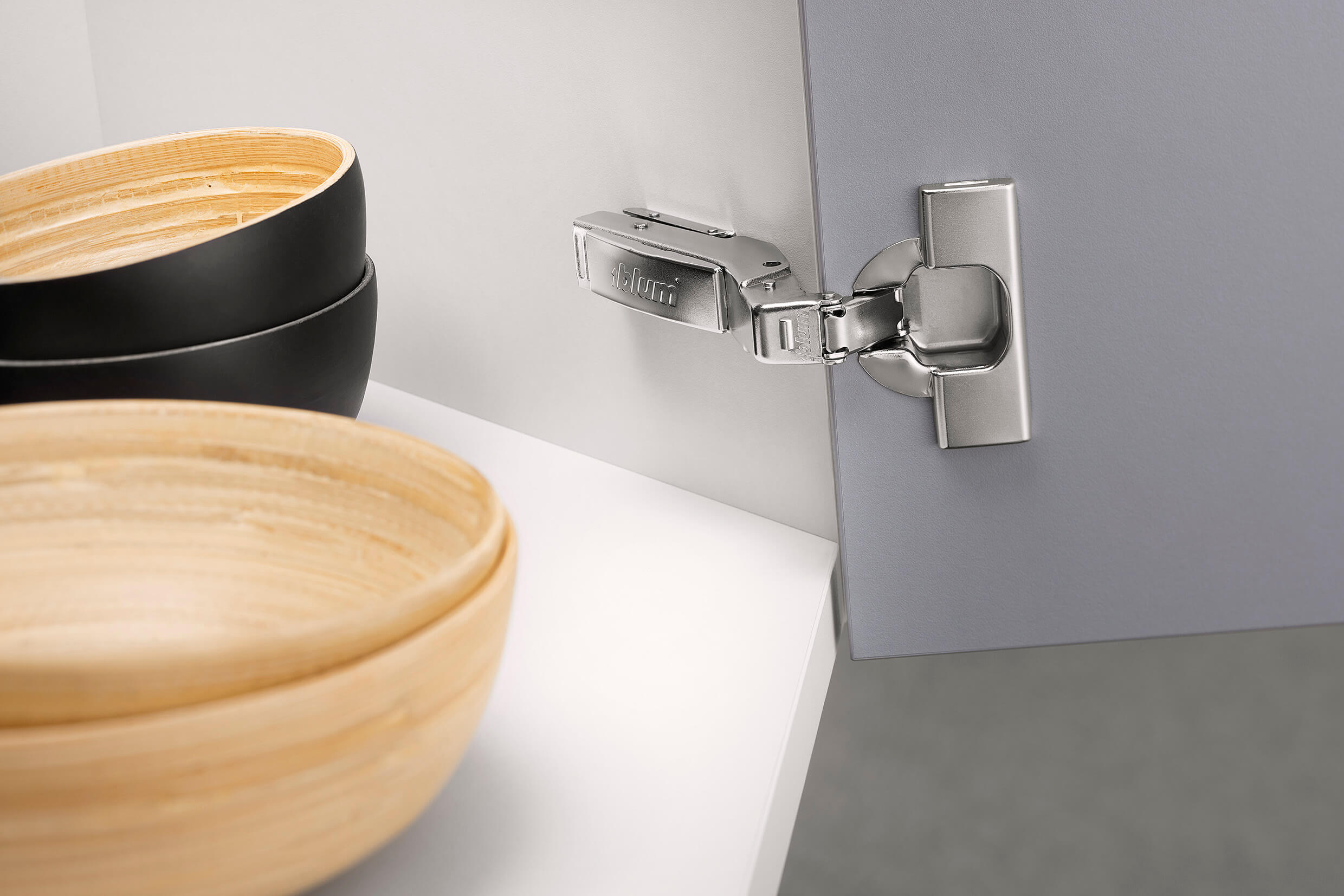
Mechanism and Functionality
Soft close hinges are a premium type of cabinet hinge that feature a damper mechanism, usually made of a hydraulic system or piston, which slows down the movement of the cabinet door as it closes. When the door is nearly closed, the soft close mechanism engages and gently pulls the door shut, eliminating any noise from slamming.
This type of hinge is designed to add a level of luxury to the kitchen or bathroom by ensuring that doors close quietly and smoothly every time. Soft close hinges are available for both inset and overlay cabinet doors, making them highly versatile.
Key Features
Hydraulic Dampening: Soft close hinges use hydraulic dampening to slow down the motion of the door in its final stage, providing a seamless closing experience.
Prevention of Slamming: The most significant advantage is the prevention of door slams, which can otherwise lead to noise and potential wear and tear on the cabinet.
Safety and Longevity: Soft close hinges contribute to the longevity of cabinets by reducing the impact stress on the frame, and they are a safer option, especially in homes with children, as they minimize the risk of fingers getting caught.
3. What Are Self-Closing Cabinet Hinges?
Mechanism and Functionality
Self-closing cabinet hinges, as the name implies, automatically close the cabinet door once it is pushed or moved slightly in the closing direction. Unlike soft close hinges, self-closing hinges rely on a spring-loaded mechanism to pull the door shut after it has been moved past a certain angle. These hinges are common in older cabinetry, as they offer a simple, reliable way to ensure that cabinet doors remain closed without manual intervention.
Self-closing hinges typically lack the damping mechanism found in soft close hinges, meaning the door will close quickly and with more force, often creating noise if not carefully monitored.
Key Features
Spring Mechanism: The self-closing action is driven by a spring mechanism that exerts enough force to automatically close the door.
Efficient Closing: These hinges provide the convenience of automatically shutting the door without needing a complete manual close, saving time and effort.
Minimal Intervention: A significant benefit of self-closing hinges is that they reduce the need for the user to fully push the door shut, making them ideal for high-traffic areas where hands might be full.
4. The Key Differences Between Soft Close and Self-Closing Hinges
4.1. Closing Mechanism
Soft Close: Uses hydraulic damping to slow the door’s motion and gently pull it closed.
Self-Closing: Utilizes a spring-loaded mechanism to automatically pull the door shut once it is pushed past a certain angle.
4.2. Noise Levels
Soft Close: Nearly silent operation due to the dampening system, which eliminates slamming.
Self-Closing: Can create noise, especially if the door is closed forcefully, as the spring mechanism lacks any softening element.
4.3. Speed of Closure
Soft Close: Slows down in the final inches of closure, ensuring a slow and gentle movement.
Self-Closing: The door closes quickly after reaching a specific angle, and the speed of closure depends on how forcefully the door is pushed.
4.4. Durability and Wear
Soft Close: The dampening mechanism reduces stress on both the door and the frame, potentially prolonging the life of the cabinet.
Self-Closing: Can create more wear and tear over time, especially if the door is frequently slammed.
4.5. Safety
Soft Close: Considered safer for households with small children, as the slow and gentle closing action reduces the risk of fingers getting caught.
Self-Closing: While convenient, the faster closing action increases the chance of accidental injury, particularly in homes with children.
5. Advantages of Soft Close Cabinet Hinges
5.1. Noise Reduction
One of the most prominent advantages of soft close cabinet hinges is their ability to reduce noise. The hydraulic dampening system ensures that cabinet doors close silently, making them ideal for kitchens, bathrooms, and other areas where noise minimization is crucial.
5.2. Longer Lifespan of Cabinetry
Because soft close hinges gently bring the door to rest against the frame, they minimize the impact and reduce stress on both the cabinet door and the frame. Over time, this can help extend the lifespan of the cabinets, reducing the likelihood of damage, misalignment, or the need for repairs.
5.3. Safety Features
Soft close hinges are safer in homes with children, as they reduce the likelihood of slamming doors that could potentially pinch small fingers. The slow closing speed gives enough time to react in case fingers are near the hinges.
5.4. Enhanced Aesthetics
Soft close hinges are often seen as a premium feature in modern kitchens and bathrooms. The smooth, effortless closing action not only adds a luxury feel but also demonstrates attention to detail in the design and functionality of the space.
5.5. Prevents Contents from Shifting
Since soft close hinges close doors gently, they prevent the abrupt movement of items stored inside the cabinets. This is particularly helpful for cabinets holding delicate items like glassware or fine china, as the soft close action minimizes the risk of items shifting and potentially breaking.
6. Advantages of Self-Closing Cabinet Hinges
6.1. Convenience
Self-closing hinges offer the convenience of automatically closing the cabinet door after it has been pushed slightly. This feature is especially beneficial in high-traffic areas or in busy kitchens where hands are often full, and closing cabinet doors manually is inconvenient.
6.2. Cost-Effective
Self-closing hinges are generally more affordable than soft close hinges, making them a cost-effective option for homeowners or contractors working on a budget. While they do not provide the same level of luxury as soft close hinges, they still offer functional and efficient door closing.
6.3. Time Efficiency
In fast-paced environments, the quick closing action of self-closing hinges can save time. Users can move from one task to another without needing to ensure that each cabinet door is fully closed. This feature is particularly useful in professional kitchens or busy households.
6.4. Simple Mechanism
The simplicity of the self-closing hinge mechanism means fewer components that could potentially malfunction. The spring-loaded design is straightforward and reliable, making self-closing hinges a long-lasting choice for high-use areas.
7. Disadvantages of Soft Close Hinges
7.1. Higher Cost
Soft close hinges are generally more expensive than standard or self-closing hinges due to their advanced hydraulic mechanisms. While the investment can be worth it for many homeowners, the price may be prohibitive for large-scale projects or those on a tight budget.
7.2. Installation Complexity
Because soft close hinges have more components and a more complex mechanism, they can be slightly more difficult to install than regular hinges. Homeowners doing DIY installations may find the process more time-consuming, and professional installation may be required for optimal performance.
7.3. Potential for Malfunction
While soft close hinges are generally reliable, their more advanced mechanisms do carry a slight risk of malfunction over time. If the hydraulic dampener fails, the hinge may lose its soft close functionality, requiring repair or replacement.
8. Disadvantages of Self-Closing Hinges
8.1. Noise from Slamming
The absence of a dampening mechanism means that self-closing hinges can result in doors slamming shut, which is not only noisy but can also cause wear and tear on the cabinets over time. This can be particularly problematic in homes where silence is valued, such as homes with young children or in open-plan living areas.
8.2. Less Safe for Children
The faster closing action of self-closing hinges means there is a higher risk of small children accidentally catching their fingers in the door. The sudden force of the door shutting can lead to injury if hands or fingers are near the hinge.
8.3. Reduced Lifespan of Cabinets
The repeated slamming of doors can eventually take a toll on the cabinets, causing them to wear down faster than they would with soft close hinges. Over time, this can result in misaligned doors, damaged hinges, or worn-out cabinetry that may need repair or replacement.
9. Which is Better for You? A Final Verdict
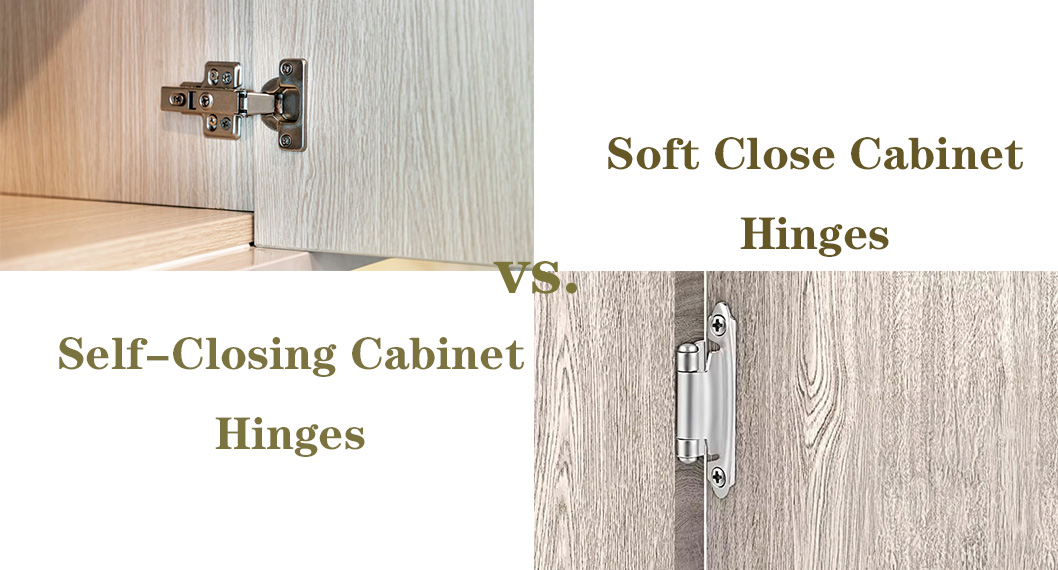
When choosing between soft close and self-closing cabinet hinges, your decision should be based on a combination of budget, personal preference, and the needs of your home.
Choose Soft Close Hinges If:
You prioritize noise reduction and want to eliminate the sound of slamming doors.
You are looking for a premium, luxurious finish to your cabinetry.
Safety is a top concern, especially in households with young children.
You want to protect delicate items stored in the cabinets from shifting or breaking.
Choose Self-Closing Hinges If:
You are looking for a budget-friendly option that still provides the convenience of automatic door closing.
You don’t mind a little noise and are okay with occasional door slams.
Your household consists of older children or adults who are less likely to get their fingers caught in the door.
You value simplicity and durability over luxury.
Conclusion
In the debate of soft close vs. self-closing cabinet hinges, both hinge types have their merits and potential drawbacks. Soft close hinges offer a smoother, quieter, and more refined experience, making them a premium choice for modern kitchens and bathrooms. Self-closing hinges, on the other hand, provide an affordable, practical solution that automatically ensures doors remain closed but lacks the finesse of soft close technology. Ultimately, the best option for your home depends on your budget, usage, and personal preferences.
